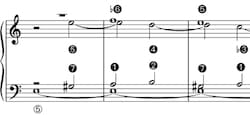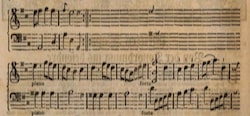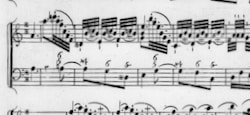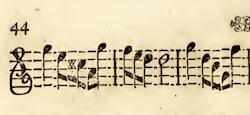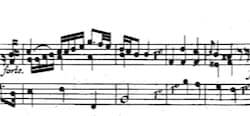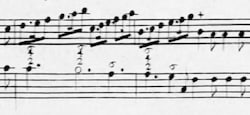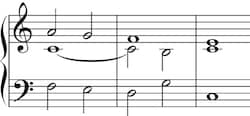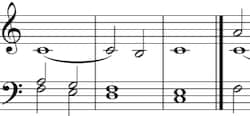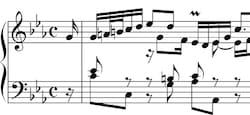Variants of the Prinner (Part 4): The Stabat Mater Prinner
I have already explored the voice-leading pattern that Robert Gjerdingen calls a Prinner to some extend in four essays (The Traditional Prinner, Variants of the Prinner (Part 1), Variants of the Prinner (Part 2): Sequential Prinners and Variants of the Prinner (Part 3)). To that series I will add another essay, although from a structural […]
Variants of the Prinner (Part 4): The Stabat Mater Prinner Read More »
